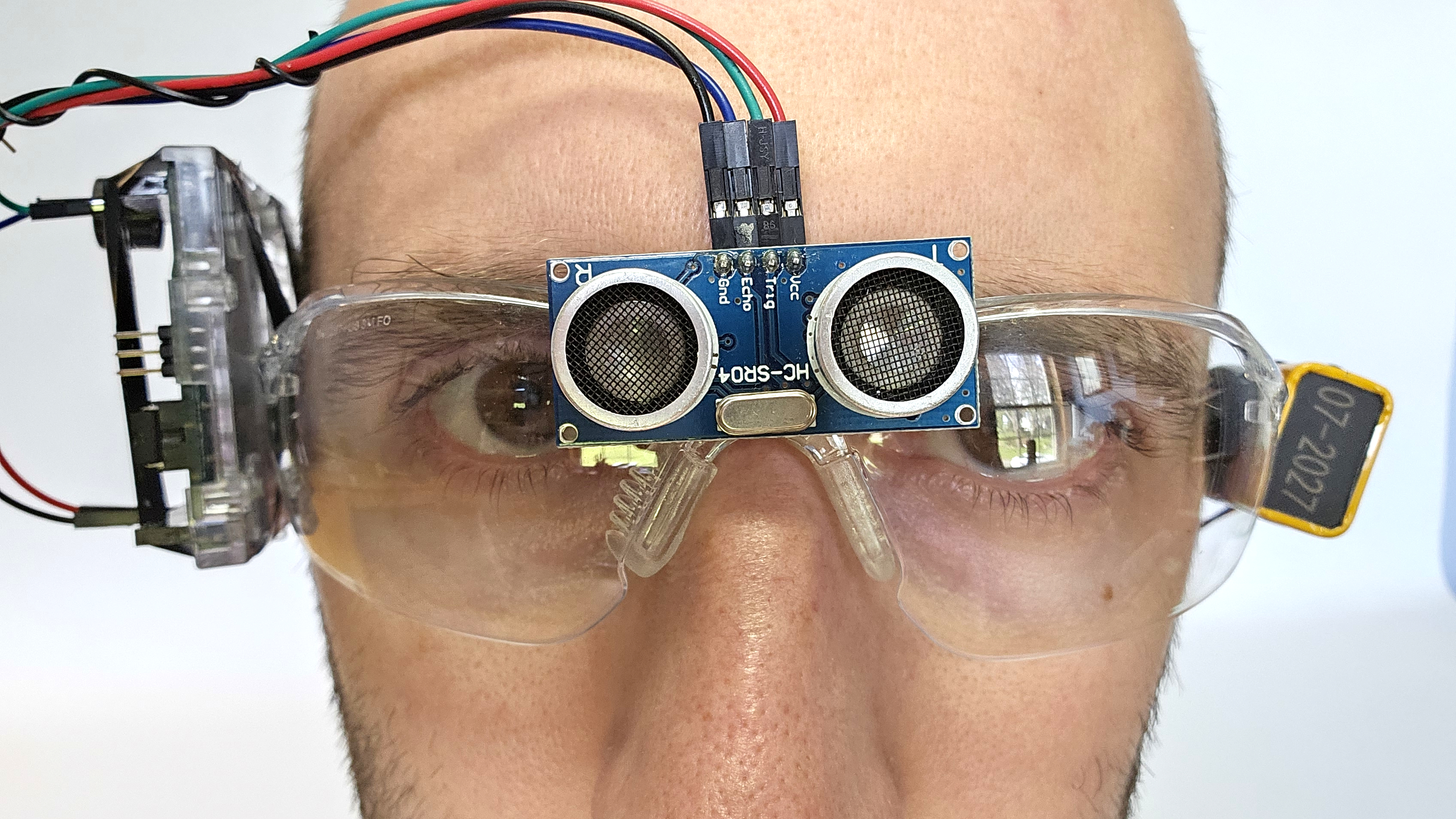Speech-to-Text Devices for Low Vision Users: Enhancing Communication and Productivity
Speech-to-Text Devices for Low Vision Users: Enhancing Communication and Productivity
Blog Article
Discover Advanced Assistive Tools for People With Aesthetic Impairments
The landscape of assistive innovation for people with visual problems is evolving swiftly, presenting a range of cutting-edge gadgets that improve freedom and engagement. From smart glasses that flawlessly combine aesthetic input with auditory support to sophisticated navigating applications that redefine spatial recognition, these devices are improving possibilities.
Smart Glasses Innovations
Smart glasses represent a significant improvement in assistive modern technology for people with visual disabilities. Furnished with sensing units and electronic cameras, clever glasses can record real-time visual details, which is after that refined and conveyed to the individual with sound feedback or haptic experiences.
Furthermore, innovations in man-made knowledge have even more improved the capacities of smart glasses. Artificial intelligence formulas can identify faces, read message, and recognize things, making them invaluable devices for day-to-day jobs. Users can obtain acoustic signs that offer context concerning their setting, fostering independence and self-confidence.
In addition, the ergonomic style and light-weight nature of many clever glasses make them suitable for extended usage, making certain convenience while improving performance. As these tools proceed to progress, they hold the possible to change the method individuals with aesthetic impairments experience their every day lives, linking the void between access and technology. The recurring research and development in this area promise to expand the opportunities for wise glasses, making them a necessary component of modern-day assistive tools.
Navigating Application and Devices
Various navigation apps and devices have actually become crucial resources for individuals with aesthetic problems, considerably enhancing their capacity to pass through unknown atmospheres. These innovations take advantage of general practitioner functionality, audio signs, and real-time data to offer customers with exact navigating aid.
One prominent instance is the Aira application, which connects customers to trained representatives who can give aesthetic descriptions of environments and navigation assistance through an online video feed. This service boosts the customer's spatial understanding and confidence while browsing. An additional significant device is Seeing Eye GPS, which uses voice-guided navigation and factors of interest, enabling users to gain access to essential information regarding their surroundings.

As innovation remains to breakthrough, the development of more advanced navigation devices promises to more equip individuals with aesthetic problems, assisting in smooth mobility and assimilation right into diverse settings. Such innovations are crucial in advertising a more comprehensive society.
Braille Innovation Improvements
In current years, improvements in Braille innovation have considerably changed exactly how people with visual disabilities accessibility details and engage with the globe around them. The advancement of mobile Braille displays has transformed analysis by permitting users to link wirelessly to tablets, smartphones, and computer systems. These gadgets transform text into Braille in real-time, making it possible for seamless interaction with electronic web content.
Furthermore, ingenious Braille printers have emerged, improving the manufacturing of responsive products. Modern embossers are much faster and more effective, click for source permitting for the quick development of Braille files and instructional products. This effectiveness reduces the moment and cost associated with creating Braille resources, making them more available to companies and colleges.
In addition, the integration of Braille with other technologies, such as expert system and artificial intelligence, has actually opened brand-new avenues for personalized discovering experiences. Voice acknowledgment and synthesis technologies can complement Braille, supplying an inclusive method to information circulation.
As the demand for comprehensive education and work environment atmospheres grows, these technical innovations play an important role in encouraging individuals with aesthetic problems, ensuring they have equal access to info and possibilities in numerous facets of life.
Wearable Devices for Freedom
An expanding range of wearable gadgets is improving independence for individuals with visual problems, using innovative services that enhance navigating and day-to-day living. Braille displays and notetakers. These devices utilize advanced modern technologies to provide real-time comments and assistance, advertising freedom in numerous settings

Wearable innovation additionally includes smartwatches that can be configured with access features, allowing users to obtain alerts, track their locations, and even call for assistance with the touch of a switch. Some devices integrate fabricated knowledge to assess the setting, offering sound summaries of neighboring objects or individuals.
Voice-Activated Assistive Solutions
Leveraging voice-activated assistive see here now solutions has transformed the landscape of assistance for individuals with aesthetic impairments, giving hands-free interaction and access to a variety of jobs. These technologies utilize all-natural language processing and synthetic knowledge to allow individuals to do day-to-day tasks via straightforward voice commands.

Moreover, current advancements in voice acknowledgment precision have actually enhanced the user experience significantly, suiting diverse accents and speech patterns. This inclusivity makes sure that even more people can benefit from these modern technologies, fostering a greater feeling of freedom.
Verdict
To conclude, the growth of advanced assistive tools considerably boosts the independence and lifestyle for people with visual impairments. Innovations such as smart glasses, navigation applications, Braille technology, wearable tools, and voice-activated services jointly cultivate a more comprehensive atmosphere. These innovations encourage customers to browse their environments with self-confidence and involve even more fully with the world, inevitably advertising better access and equivalent opportunities for people encountering aesthetic difficulties.
The landscape of assistive technology for people with aesthetic impairments is advancing quickly, presenting a variety of cutting-edge devices that boost autonomy and involvement.Smart glasses stand for a considerable improvement in assistive technology for people with aesthetic problems. As these gadgets continue to progress, they hold the prospective to change the means individuals with visual problems experience their daily lives, bridging the gap in between availability and technology.In recent years, innovations in Braille modern technology have significantly transformed just how individuals with visual disabilities accessibility information and engage with the world around them. These innovations encourage customers to navigate their surroundings with confidence and involve more completely with the globe, eventually advertising greater access and equal possibilities for individuals facing visual obstacles.
Report this page